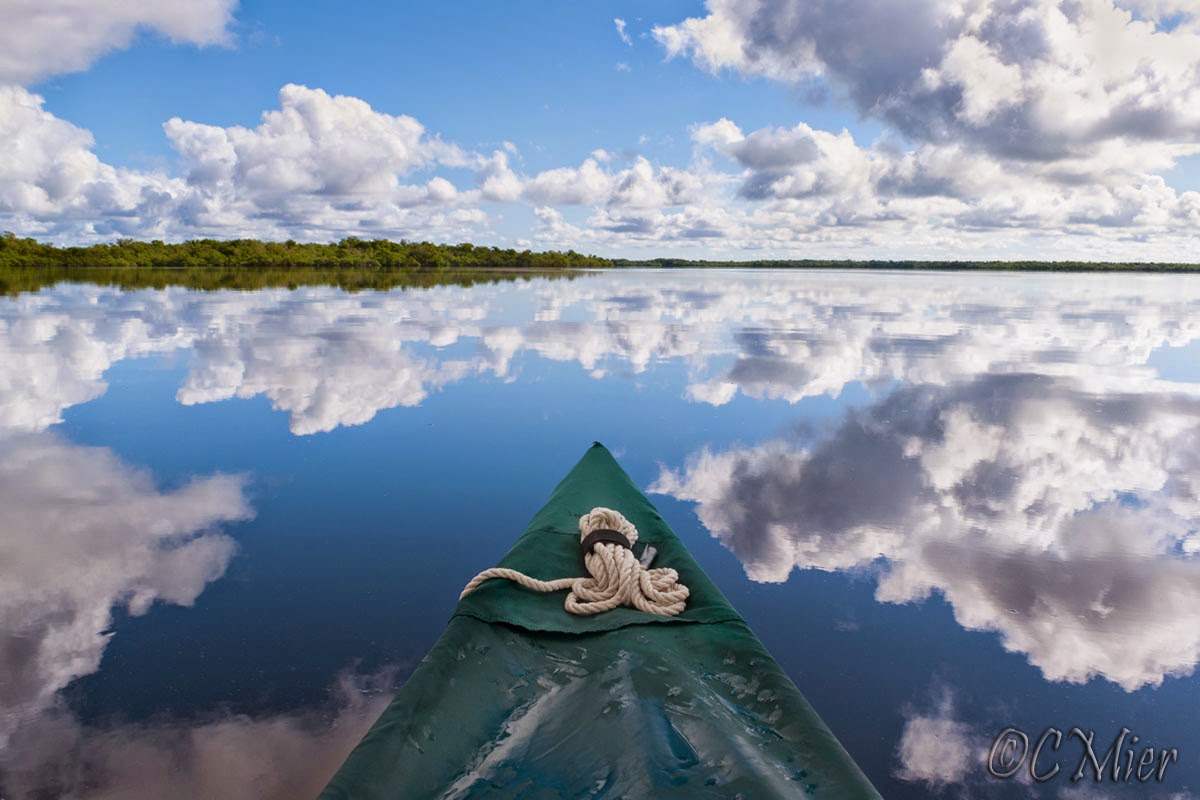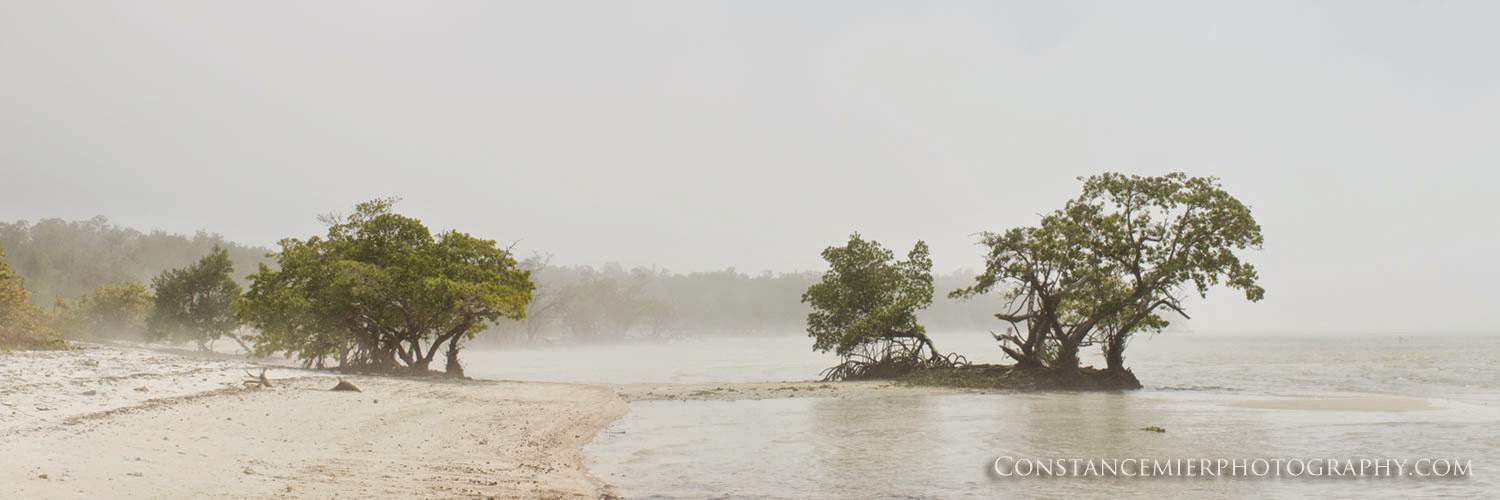Somewhere deep in the Everglades is a small bay that some folks refer to as "Ironhead Bay". As with many nicknames of specific locations in the Everglades, many may not know from where such a name was derived. At best guess, someone noticed a strange looking bird with a large beak and a head that looked like a metal helmet and named the bay after it.
Ironhead is a nickname for one of the Everglades' cherished birds, the wood stork. Notoriously, it is the health indicator of the Everglades having been on the endangered species list for decades, but recently downgraded to threatened status. What makes them an indicator species? They rely on a specific type of ecosystem for survival. The Everglades provides their necessary habitat which is marshlands located in a subtropical region, has a wet and dry season and provides freshwater fish for food. The wood stork requires low water levels to find its prey that are trapped in small pools. If the wood stork cannot find adequate food, it does not nest.
I write about the wood stork here because they have appeared on my radar more often than ever. For the past couple of years, I have had an increase in wood stork sitings. For many years, I never saw a wood stork as I paddled around the Ten Thousand Islands area of the Everglades. Now, I see them frequently soaring across the sky. In my experience, there are three types of birds in the Everglades that soar high above; vulture (turkey and black), white pelican and wood stork. Each one is quite distinguishable from the other although the white and black feathers of the wood stork can look like a white pelican from a distance. But what allows me to identify the wood stork is its long curved beak. As I observe the flying wood stork while paddling through rivers and bays that are surrounded by dense mangrove forests, I am reminded that there are large freshwater marshes behind those mangroves. This is where the wood storks will reside most of the time and the reason I see them flying above.
I also notice wood storks as I drive the Tamiami Trail or Ingraham Highway. Wood storks do not always soar high above but can be seen 30-40 feet above the ground as they cover a short distance from one roosting spot to another. This is when it is easy to mistake them for another homely looking bird, the white ibis. Both have long curved beaks, and both have black tips on white wings. But the difference is in overall size of the bird. The wood stork stands over 3 feet and has a wingspan of about 5 feet. The white ibis is about half that size.
I have had the good opportunity to photograph the wood stork, but only a handful of times and in very distinct areas. Of course the Anhinga Trail offers wood stork photo opps, up close and personal such as this one of an adult.
A juvenile wood stork is distinguishable from an adult. The first time I saw a juvenile wood stork was during a camping trip where I spent some time in and around Gopher Creek in the Everglades. In this rich marshy area, many wood storks reside, and here are two images of a youngster.
Notice the head of the juvenile does not have that rough armored exterior and even sports hairlike feathers on its top. Their young feathers also appear darker than the adult feathers. The next image below includes both juvenile and adult birds, photographed at Shark Valley.
On Biscayne Bay, I photograph mostly egrets and herons feeding in the saltwater (when not seriously polluted by freshwater run off) shallow grass flats. But on occasion, I spot different bird species. Most of these anomalies have occurred only one time. For instance, on a December morning in 2008, I found a small group of wood storks along the mangrove shoreline. That was the last time I saw a wood stork on Biscayne Bay. Here's one image from that day.
Wood storks are not exactly the most photogenic bird out there. Maybe it is for that reason I love to photograph them. It goes without saying that the photo darling among Florida birds is the bright pink roseate spoonbill. Ironically, I view the image below of a group of wood storks and see the roseate spoonbill as a photo bomb. Yes, it adds color to the scene and yes, it does detract from the drab appearance of the wood stork. I admit, I kept it in the frame for a reason.
Look at a wood stork and tell me they are not endearing? At the very least, appreciate their presence in the Everglades and know that their survival is totally dependent on our stewardship of this fragile ecosystem. Here are a couple of interesting facts about these beautiful birds:
- They are the only storks in North America that nest
- They catch fish by "feel", holding their bills open until a fish is touched
- Reflexively, the bill closes within 25 milliseconds, the fasted known among vertebrates
- A breeding pair requires about 440 pounds of fish per breeding season
- In the 1930s, the Everglades supported nesting populations of 5,000 to 15,000 pairs
- In the 1960s, increased development of water-control structures reduced the number of birds and by 1995 fewer than 500 pairs of Wood Storks were nesting in the Everglades.
- Restoration of the Everglades is expected to allow an increase in the number of wood storks




















































